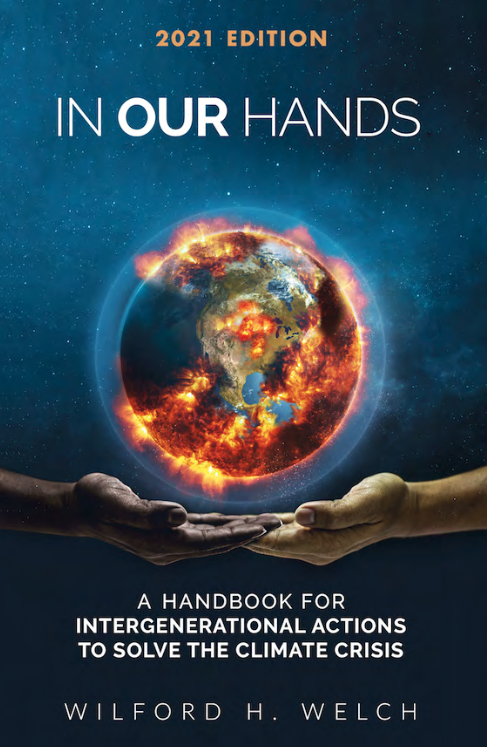Methodology
Source: Bloomberg Businessweek
NASA's Model
Researchers who study the Earth's climate create models to test their assumptions about the causes and trajectory of global warming. Around the world there are 28 or so research groups in more than a dozen countries who have written 61 climate models. Each takes a slightly different approach to the elements of the climate system, such as ice, oceans, or atmospheric chemistry.
The computer model that generated the results for this graphic is called "ModelE2," and was created by NASA's Goddard Institute for Space Studies (GISS), which has been a leader in climate projections for a generation. ModelE2 contains something on the order of 500,000 lines of code, and is run on a supercomputer at the NASA Center for Climate Simulation in Greenbelt, Maryland.
A Global Research Project
GISS produced the results shown here in 2012, as part of its contribution to an international climate-science research initiative called the Coupled Model Intercomparison Project Phase Five. Let's just call it "Phase-5."
Phase-5 is designed both to see how well models replicate known climate history and to make projections about where the world’s temperature is headed. Initial results from Phase-5 were used in the 2013 scientific tome published by the Intergovernmental Panel on Climate Change.
There are more than 30 different kinds of experiments included in Phase-5 research. These tests address questions like, what would happen to the Earth’s temperature if atmospheric carbon dioxide suddenly quadrupled? Or, what would the world’s climate be like through 2300 if we keep burning fossil fuels at the current rate?
Phase-5 calls for a suite of "historical" experiments. Research groups were asked to see how well they could reproduce what's known about the climate from 1850-2005. They were also asked to estimate how the various climate factors—or "forcings"—contribute to those temperatures. That's why this graphic stops in 2005, even though the GISS observed temperature data is up-to-date. The years 2005-2012 were not a part of the Phase-5 "historical" experiment.
A Word About Temperatures
Climate scientists tend not to report climate results in whole temperatures. Instead, they talk about how the annual temperature departs from an average, or baseline. They call these departures "anomalies." They do this because temperature anomalies are more consistent in an area than absolute temperatures are. For example, the absolute temperature atop the Empire State Building may be different by several degrees than the absolute temperature at New York’s LaGuardia Airport. But the differences from their own averages are likely to be about the same. It means that scientists can get a better idea about temperature with fewer monitoring stations. That’s particularly useful in places where measurement is very difficult (ie, deserts).
The simulation results are aligned to the observations using the 1880-1910 average. What's most important about these temperatures are the trends—the shape and trajectory of the line, and not any single year’s temperature.
What the Lines Show
The black "observed" line is the GISS global land and ocean temperature record, which can be found here. It starts in 1880.
The colored temperature lines are the modeled estimates that each climate factor contributes to the overall temperature. Each factor was simulated five times, with different initial conditions; each slide here shows the average of five runs. GISS researchers laid out their historical simulations in detail last year in this article. The modeled years 1850-1879 from the Phase-5 "historical" experiment are not shown because the observed data begins in 1880.
Confidence Ranges
Researchers do not expect their models to reproduce weather events or El Niño phases exactly when they happened in real life. They do expect the models to capture how the whole system behaves over long periods of time. For example, in 1998 there was a powerful El Niño, when the equatorial Pacific Ocean warms ( we're in another one of that scale now). A simulation wouldn't necessarily reproduce an El Niño in 1998, but it should produce a realistic number of them over the course of many years.
The temperature lines represent the average of the model’s estimates. The uncertainty bands illustrate the outer range of reasonable estimates.
In short, the temperature lines in the modeled results might not line up exactly with observations. For any year, 95% of the simulations with that forcing will lie inside the band.
